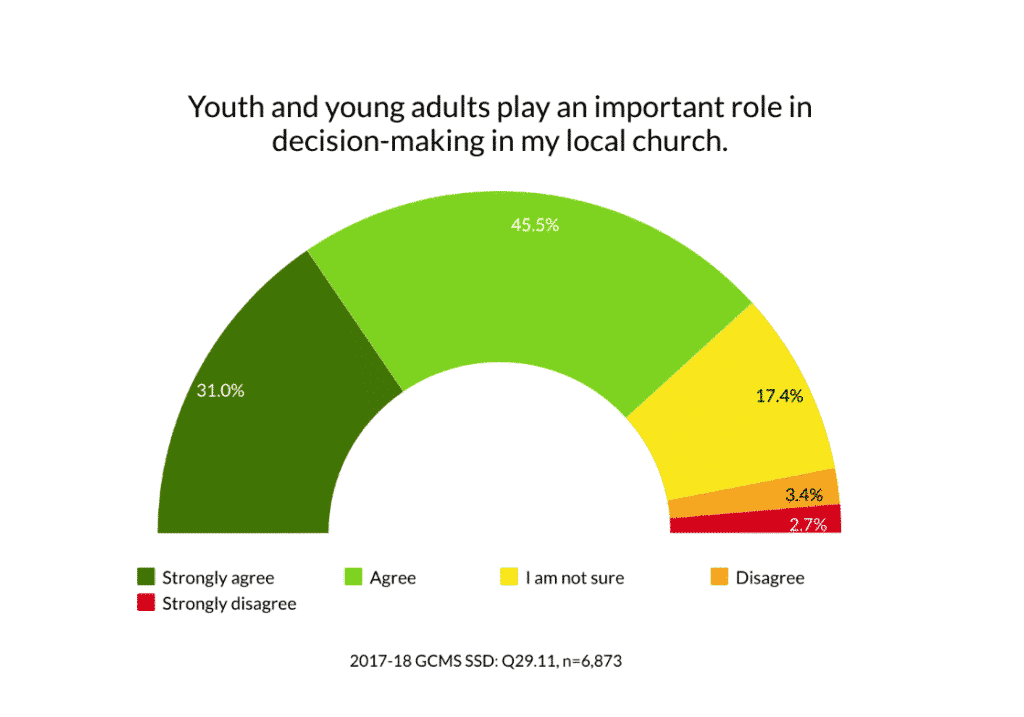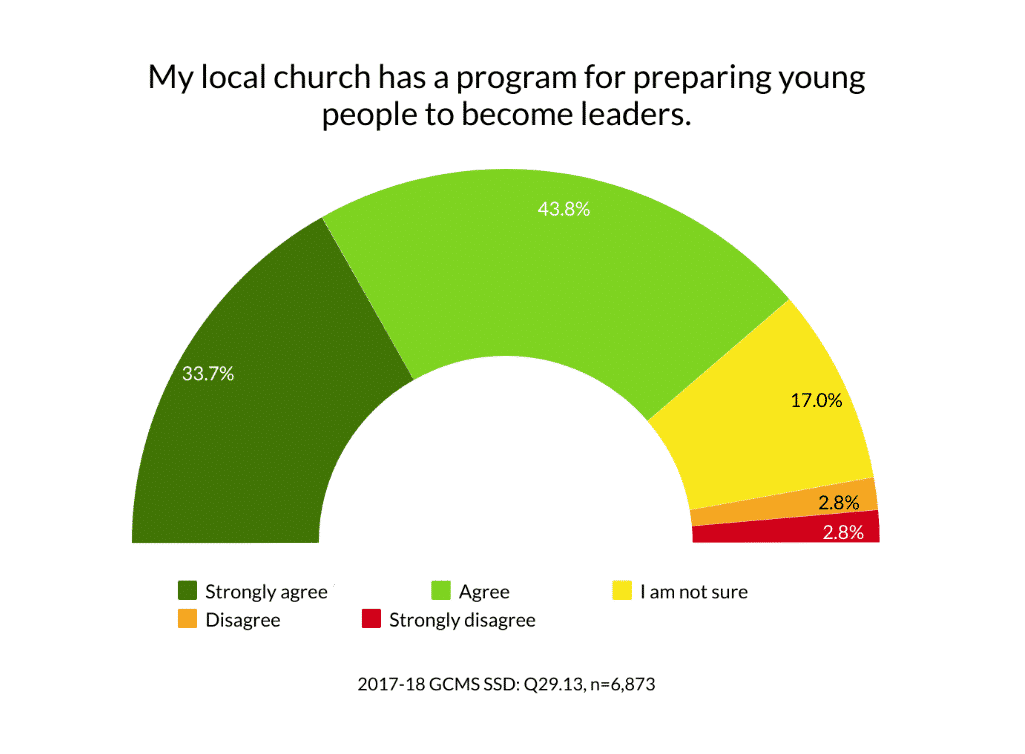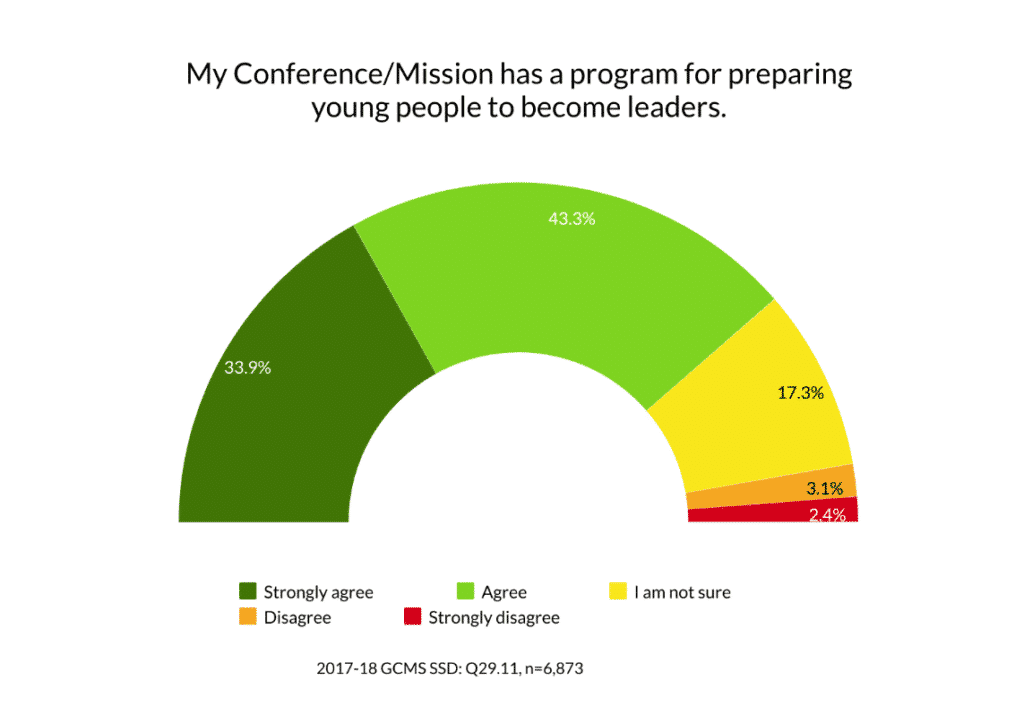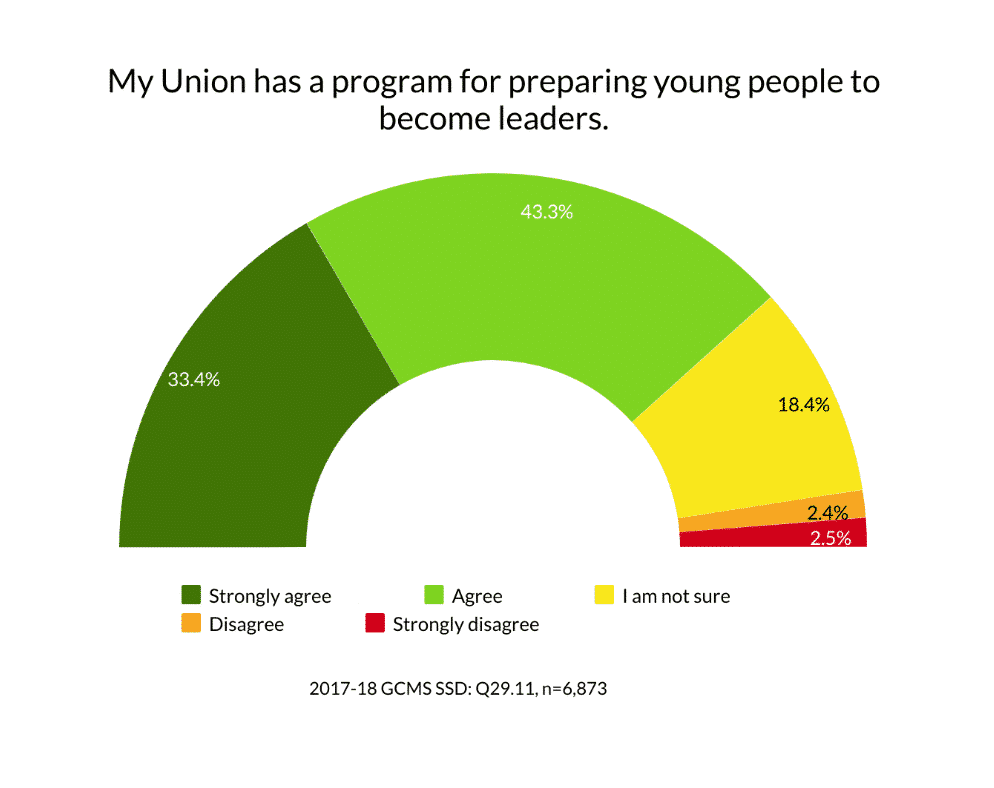In Messages to Young People, Ellen G. White reminded us of the special responsibilities given to Christians at different phases in their lives. Young people have an obligation to build a character that is pleasing to God, while older Christians have the special task of shaping and protecting young people. White wrote:
Let the youth remember that here they are to build characters for eternity, and that God requires them to do their best. Let those older in experience watch over the younger ones; and when they see them tempted, take them aside, and pray with them and for them. The Lord would have us recognize the great sacrifice of Christ for us by showing an interest in the salvation of those He came to save. If the youth will seek Christ, He will make their efforts effectual.((Ellen G White, Messages to Young People, p. 3.))
In this blog, we will examine youth and young people’s involvement in decision-making in the Southern Asia-Pacific Division (SSD), as well as the youth leadership development programs at various levels of church leadership. As you will see, young people in the SSD are highly valued and are being prepared to take over as leaders of the next generation.
Division Information
The 2017-2018 Global Church Member Survey (2017-18 GCMS), conducted on behalf of the General Conference Office of Archives, Statistics, and Research, collected data from Divisions of the Adventist Church worldwide. In the SSD, data was collected by Jimmy Adil, Carthy Joy Aguillon, Ray Opao, Susa Opao, and Arceli Rosario. A total of 6,873 church members were surveyed. A majority of respondents were females (56%), and the age of respondents ranged from 15 years or younger to 80 years or older.
Youth Involvement in Decision-Making
The 2017-18 GCMS survey participants in the SSD were asked if youth and young people had an important role in decision-making in their local church. Just over three-fourths (77%) of the respondents agreed/strongly agreed that youth had such a role. Less than one in five (17%) remained unsure and a small percentage (6%) disagreed to one degree or another. It should be noted that when the Unions were compared, some Unions appeared to involve young people more often than others. However, the overall trend in the SSD is encouraging and points to a strong preparation of tomorrow’s Adventist leaders.

Youth Leadership Development
The 2017-18 GCMS participants were also asked how different levels of the Adventist Church’s leadership supported and prepared young people for leadership roles. Within the SSD, a majority of members felt that Church leadership did a good job preparing youth to become leaders.
When asked if their local church had a program for preparing young people to become leaders, over three-fourths (78%) of the respondents agreed that such a program existed, while a small percentage (6%) shared that no such program was in place. Nearly one in five (17%) shared that they were not sure if such a program existed at the local church level. While it is concerning that this number of members was not sure about the programs in place at the local church level, it is encouraging that a majority of members was aware of the programs provided.
Local church leadership should view these responses as an encouragement to spread awareness about the programs geared towards youth leadership development or, if it does not currently exist, to put such programs in place.

The SSD survey respondents were then asked if their Conference/Mission provided programs to prepare youth and young people to become leaders. Again, a majority (77%) of respondents shared that such a program existed; only 5% admitted that no such program was in place. Fewer than one in five (17%) remained unsure about youth leadership programming. Again, this should serve as a challenge to church leadership—especially at the Conference/Mission level—to make sure that members are aware of the programs available for youth leadership development.

Finally, the SSD survey respondents were asked if their Union provided programs for youth leadership development. Surprisingly, the same number (77%) of respondents shared that such a program exists. It is encouraging that SSD church members are so familiar with the programs being offered at the Union level and that the Union is so supportive of youth leadership development. It should be noted, however, that a slightly larger number (18%) of respondents were unsure about youth leadership development. This may serve as a challenge to the Unions to disseminate information about youth leadership programs, as well as other programs they offer in a better manner.

Overall, it appears that the Adventist Church in the SSD values the development of young people into leaders and has made that a high priority at every level of church leadership.
When you consider involving young people in ministry and mission in your own church, Conference/Mission, or Union, are you aware of the programs geared toward youth leadership development? If not, how can you find out?
- For more information on the total sample of the 2017-18 GCMS see The Meta-Analysis Report.
- For more information on findings from SSD, see the 2017-18 SSD GCMS Report.
Created in collaboration with the Institute of Church Ministry
Published by ASTR on 04-21-2021

